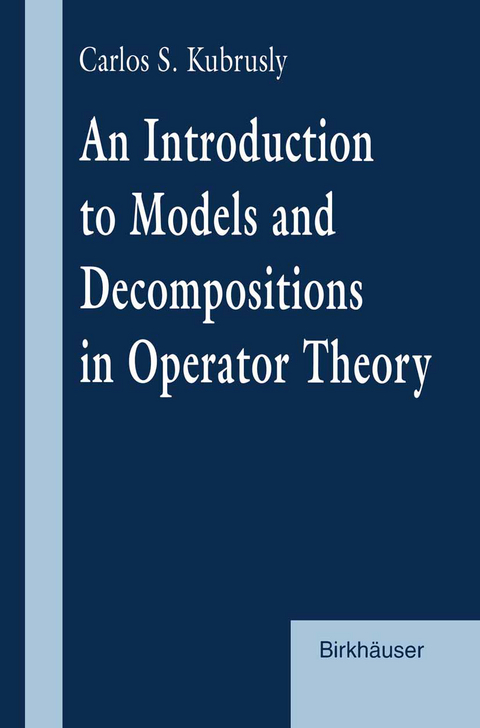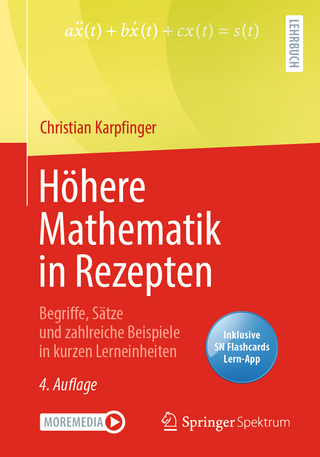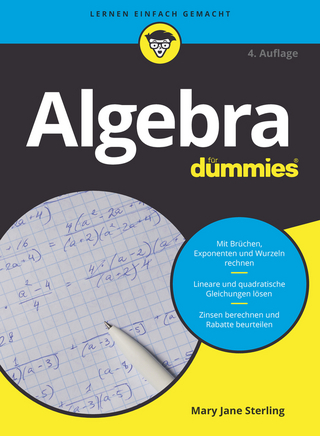
An Introduction to Models and Decompositions in Operator Theory
Springer-Verlag New York Inc.
978-1-4612-7374-5 (ISBN)
0. Preliminaries.- 0.1. Hilbert-Space Operators.- 0.2. Spectrum of an Operator.- 0.3. Convergence and Stability.- 0.4. Projections and Isometries.- 0.5. Invariant Subspaces.- 0.6. Spectral Theorem.- 1. Equivalence.- 1.1. Parts.- 1.2. Norms.- 2. Shifts.- 2.1. Unilateral Shifts.- 2.2. Bilateral Shifts.- 3. Contractions.- 3.1. The Strong Limits of {T*nTn} and {TnT*n}.- 3.2. The Isometry V on R(A)-.- 4. Quasisimilarity.- 4.1. Invariant Subspaces.- 4.2. Hyperinvariant Subspaces.- 4.3. Contractions Quasisimilar to a Unitary Operator.- 5. Decompositions.- 5.1. Nagy-Foia?—Langer Decomposition.- 5.2. von Neumann-Wold Decomposition.- 5.3. A Decomposition for Contractions with A = A2.- 6. Models.- 6.1. Rota’s Model.- 6.2. de Branges-Rovnyak Refinement.- 6.3. Durszt Extension.- 7. Applications.- 7.1. A Pattern for Contractions.- 7.2. Foguel Decomposition.- 8. Similarity.- 8.1. Power Boundedness.- 8.2. Weak and Strong Stability.- References.
| Zusatzinfo | XII, 132 p. |
|---|---|
| Verlagsort | New York |
| Sprache | englisch |
| Maße | 155 x 235 mm |
| Themenwelt | Mathematik / Informatik ► Mathematik ► Algebra |
| Mathematik / Informatik ► Mathematik ► Analysis | |
| Mathematik / Informatik ► Mathematik ► Angewandte Mathematik | |
| ISBN-10 | 1-4612-7374-9 / 1461273749 |
| ISBN-13 | 978-1-4612-7374-5 / 9781461273745 |
| Zustand | Neuware |
| Haben Sie eine Frage zum Produkt? |
aus dem Bereich


